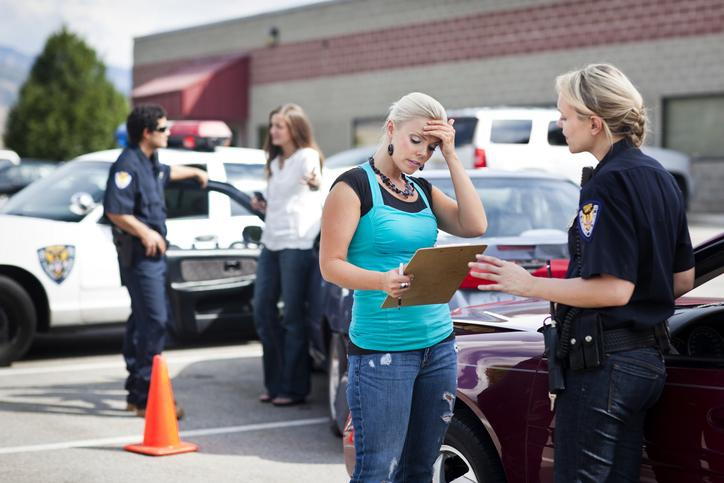
- posted: Jan. 15, 2024
- Auto Accidents
Recovering damages in a Texas auto accident case requires showing the other driver was at fault. This means showing that the driver’s conduct was the principal cause of the accident. The leading cause of crashes in Texas is the failure of drivers to control their speed. However, proving that a driver was speeding and thereby caused a crash can be a considerable challenge, calling for an attorney with experience and skill.
According to figures from the Texas Department of Transportation, drivers’ failure to control their speed accounted for 136,165 crashes statewide in 2022. This was almost double the crashes caused by the next most frequent cause: distracted driving. The reasons are clear. Moving at high speed decreases the driver’s time to react to situations as well as the time needed to slow down or take other actions to avoid a collision.
There are several types of evidence that can help establish that the other driver was speeding. These are the principal ones:
- Police report — This account by an officer at the scene often includes information about the contributing factors to the accident, including any speeding observed by witnesses.
- Witness statements — Eyewitnesses to the accident can provide valuable statements regarding the speed of the vehicles involved.
- Traffic violation citations — If the police issued a traffic citation to the other driver for speeding, this can be strong evidence for use in a personal injury case.
- Black box data — Many modern vehicles are equipped with event data recorders (EDRs), also known as black boxes. They capture information related to the vehicle's performance, including speed, which can be retrieved and analyzed.
- Accident reconstruction — Experts can recreate the crash scene by using vehicle damage and other forensic evidence, which can estimate the speed of the vehicles.
- Surveillance footage — If the accident occurred near a surveillance camera, such as one mounted on traffic light poles, the footage may be obtainable.
- Medical records — In some cases, the severity of injuries sustained may be indicative of a high-speed collision. Medical records and expert medical testimony can help show this correlation.
Texas follows a comparative fault rule in assessing damages. The amount of damages an accident victim can recover is reduced by a percentage equal to their degree of fault. Anyone found to be more than 50 percent at fault is not eligible to recover damages at all.
An injured accident victim should consult with an experienced auto accident attorney who can gather evidence of the other driver’s excessive speed or other negligence and build a strong case for holding that driver accountable.
At Hope & Causey, P.C. in Conroe, we serve individuals and families in Montgomery County, San Antonio, Houston and beyond. If you’ve been hurt in an accident, please call 936-441-4673 or contact us online for a free initial consultation.


